Shah Abbas Heritage
Shah Abbas I was the fifth emperor of Persia and the most famous ruler of the Safavid dynasty who ruled Persia for more than 41 years. He was interested in architecture, music, painting, and poetry. Naqsh-e Jahan Square, Ali Qapu, parts of the Chehelston, Chaharbagh, and Si-o-Se Pol Bridge are the relics left from his reign. Shah Abbas I died on January 19, 1629, in the Chehelston Garden in Behshahr, Mazandaran, known as Ashraf Garden in those days, but his tomb is in Kashan.
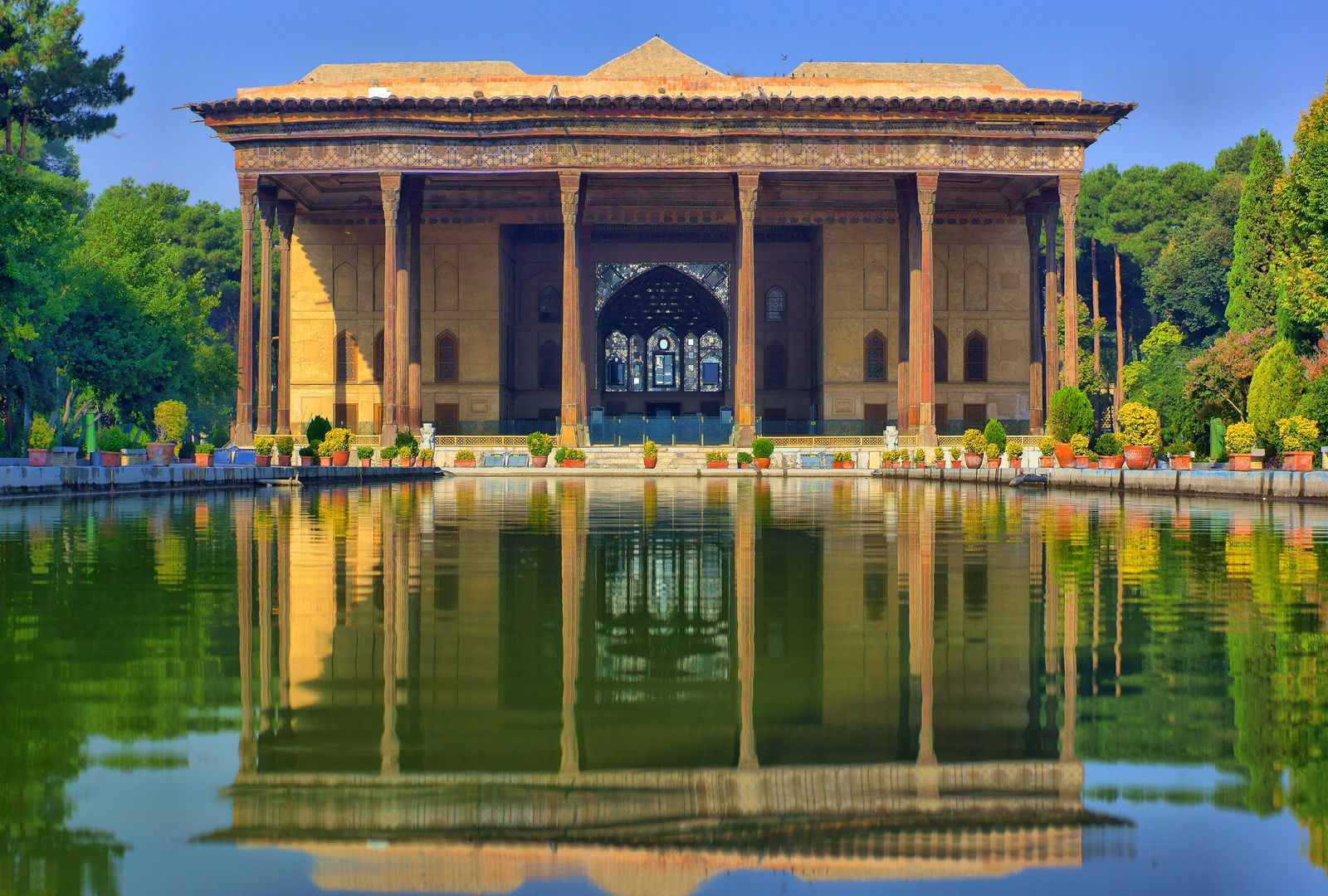
Shah Abbas Introduction
After the collapse of the Sassanid rule, Shah Abbas was the first Persian ruler to concentrate power entirely in the capital, bringing Persia’s borders closer to the ancient ones, plus the country had a qualified navy once again. He established equal political and trade relations with distant countries, developing Persia. Shah Abbas chose Isfahan as the country’s capital and made it the most stunning city in the world at that time. Provided security for communication routes, and created many caravanserais for easy access and transportation. In addition, Shah Abbas I gave Persia a national army with soldiers selected from not only particular tribes but also all people.
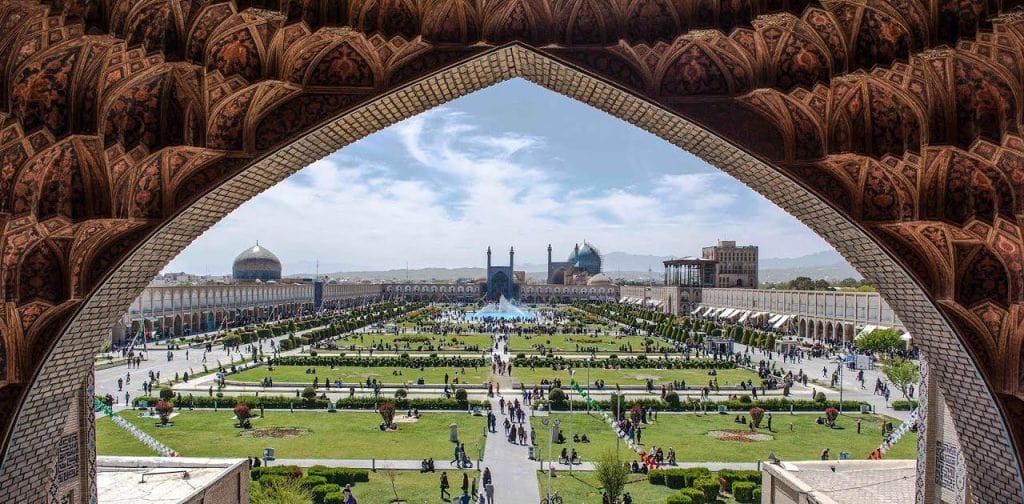
Shah Abbas and the Ottomans
Shah Abbas was very sensitive about the Persian Gulf’s security, especially when the Europeans opened the eastern waters. When the Shah ascended the throne, the Ottoman government took advantage of the turbulent situation in Persia and conquered Armenia, Georgia, Azerbaijan, and Luristan. The Shah made peace with the Ottoman rule and ceded some states to them in a treaty; on the condition that they do not go further.
Persia and Great Britain During the Shah
Anthony Shirley and Robert Shirley, two English nobles, came to Iran in 1598 with a few companions, entered Qazvin. They had a mission to incite the Persian king to the Ottoman War and pave the way for trade between Persia and Britain. Shah Abbas took advantage of their presence to equip, train his army, which contributed to Iran having a national army. At this time, the common denominator of Persia with European countries was enmity with the Ottoman government, and the Shah cleverly employed the opportunity of this common denominator in favor of the country and Persian merchants. Then, he militated with the Ottomans; first took back Tabriz after eighteen years of captivity, and with successive wars, cut off the Ottomans from Persia.
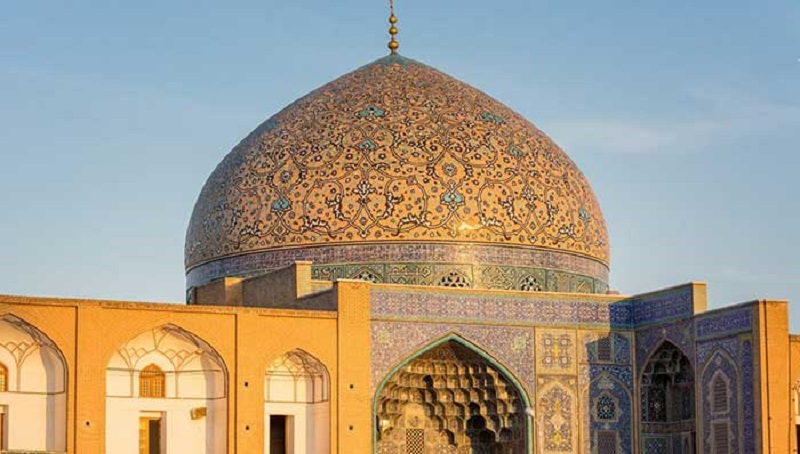
Shah Abbas Extended Persia to Achaemenid Period
Apart from the war with the Ottomans, Shah Abbas thought of expanding the country’s borders, extending Persia to the Achaemenid period; So he conquered Kandahar and some cities in Iraq. Then liberated the islands and ports of the Persian Gulf, including the Gambron port, Qeshm and Hormuz Islands, from the Portuguese colonizers, ended their domination of the Strait of Hormuz. Then he built a city instead of the Gambron port, which the people called Bandar Abbas due to the Shah favours.

The Impacts of Shah Abbas I on Persia
Shah Abbas expanded trading by providing security and building many caravanserais along the roads for the people’s comfort. During the reign of Shah Abbas, the Iranian government’s income increased as well as the improved trade with European countries and China. The Abbasid caravanserais enhanced the convenience of the caravans, giving more impetus to the merchants. If the merchant’s property was stolen, he would not be relieved until the thieves were found and punished, and he would pay their losses from the royal treasury if the stuff was not found. Thus, the Silk Road was revived, resulting in the Persian-made goods gaining worldwide fame.
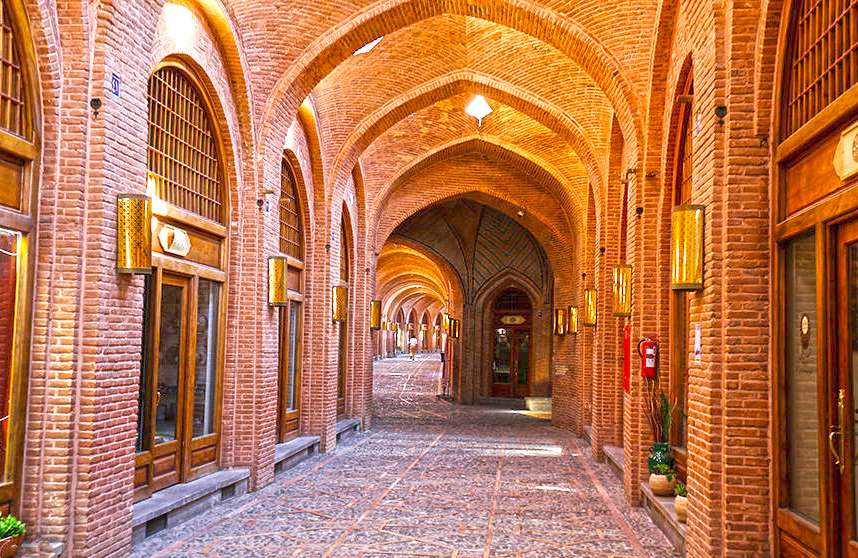
The Shah Architectural Heritage
Shah Abbas tried to develop the country. Many buildings built throughout Greater Iran during his rule are still standing and attracting tourists from all over the world. Seven-colour tiles were invented during the reign of Shah Abbas, henceforth mosques and schools were tiled. Naqsh-e Jahan Square in Isfahan, where is considered a world architectural masterpiece, was also formed by his order. Chaharbagh Street, built under his supervision, is still the primary axis of Isfahan and an example for architects in designing other streets. The Shah always had respect for artists, met and stood with scholars, attracting them. Among the great men of his court were Mulla Sadra, Mirdamad, Mir Fendereski, Sheikh Baha’i, Reza Abbasi, Ali Reza Abbasi, and Mir Emad.
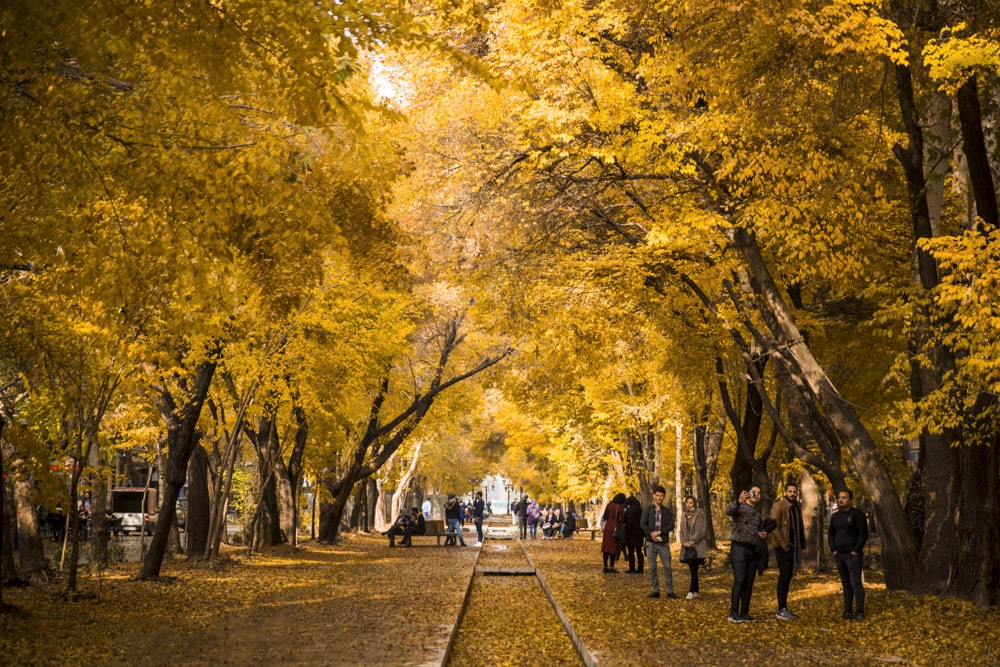
Shah Abbas Figures by Travelogues
“John Cartwright,” a foreign tourist who had seen Shah Abbas up close in 1633, writes in his travelogue about Shah Abbas’s 34th birthday: This young prince is an example of absolute perfection both physically and mentally. He is a tall man, has a dignified face with a long mustache and sharp and penetrating eyes. His appearance indicates his fighting spirit and strict nature. Although in the first meeting, a person may think he is filled with cruelty and violence, Shah Abbas has a humble and kind nature, so that he can be easily seen and talked to. His method is that he sits freely on food among the chiefs of the courtiers, enjoying hunting with the courtiers, nobles, and foreign kings.

